Renting can sometimes feel like navigating through a maze of complexities. Naturally, there's a sense of apprehension about ensuring the property remains unscathed during your tenancy. And when the time comes to bid farewell to your rental, the end-of-lease inspection looms as the most nerve-wracking phase. Keeping everything pristine and free from signs of use, especially with carpeted or rug-laden spaces, can be challenging. As the tenancy draws to a close, reclaiming your bond becomes a top priority, prompting numerous queries about the process, particularly regarding the tenant's and landlord responsibilities QLD carpet replacement or cleaning and any potential costs.
Is there a legal framework dictating the specifics? Can your landlord insist on you hiring a carpet replacement service with the expenses borne by you? In this article, we’ll discuss rental property carpet replacement law QLD.
Table of Contents
Fair Wear and Tear
"Fair wear and tear" encompasses the reasonable deterioration caused by normal usage of the premises, while "fair tear" pertains to the natural wear due to ordinary forces of nature. It is essential to note that intentional or negligent damage is not considered fair wear and tear.
To seek compensation from the bond, the landlord must demonstrate that the damage goes beyond fair wear and tear. If tenants wish to refute the landlord's claims or argue that the damage falls within fair wear and tear, they are encouraged to provide supporting evidence.
When assessing compensation claims, the NSW Tribunal takes several factors into account:
- The condition, quality, and age of the item at the beginning of the tenancy.
- The typical useful lifespan of the item.
- The reasonable expected usage of the item.
- Any specific terms regarding the item in the tenancy agreement.
- The number and type of tenants and the duration of their occupancy.
.jpeg)
How Often a Landlord Replaces a Carpet?
How often a landlord replaces a carpet can depend on its quality, number of tenants, length of tenancy, and how well it has been maintained. Generally, a good-quality carpet can last 5 to 15 years under regular use. However, areas with high foot traffic, such as entryways or living rooms, might experience more wear and tear, necessitating sooner replacement.
To avoid issues like worn patches or visible deterioration, landlords should consider periodically inspecting the carpet's condition and replacing it when signs of significant wear become evident. Regular maintenance, including professional cleaning, can help extend the carpet's lifespan.
In QLD, there isn't a specific law that mandates landlords to replace carpets upon request. There are rules for keeping the property safe and livable. If the carpet has become hazardous or poses a health risk due to its condition, the landlord may have an obligation to address the issue.
Communication between the landlord and the tenant is essential when the tenant requests a carpet replacement due to its poor condition. If the carpet is old and causing issues, the landlord should replace it as part of regular upkeep.
Carpet Replacement in Rental Properties
The frequency of replacing carpets in a rental property depends on various factors, and there are no specific laws in QLD. Typically, landlords review their properties every 5 years or so for redecoration purposes, but there's no strict requirement for replacing carpets at specific intervals.
The longevity of a carpet largely depends on its quality. A well-maintained and good-quality carpet can last up to 10 years, while cheaper carpets may require replacement after 3 years.
Many landlords routinely redecorate their rental properties at the end of each tenancy. Doing so makes it easier to carry out the work and enhances the property's appeal to potential new tenants. A well-kept rental property is more likely to attract tenants and reduce the time it sits vacant.
However, not all landlords prioritise regular updates and maintenance. Some rental properties might have outdated or worn carpets, which can deter potential tenants. While this might save money in the short term, it could result in longer vacancy periods as tenants may be less interested in such properties.
.jpeg)
Landlords' Responsibility for Carpet Replacement
According to rental property carpet replacement law QLD, landlords must replace carpets if they harm tenants' health. It's important to rent out safe and comfortable properties in good condition. Over time, carpets can collect dust, dirt, mould spores, insects, pet dander, and allergens due to their tightly packed fibres.
While regular deep cleaning can help prolong a carpet's lifespan, prolonged accumulation of these particles can lead to health concerns. Dust and mould spores, for instance, may prove particularly detrimental to individuals with asthma. Moreover, if a carpet becomes infested with bed bugs, it can render a home practically uninhabitable, necessitating immediate attention.
Also, carpets with tears or significant wear might cause tenants to trip and injure themselves while exposing sharp nails on the floor. Landlords may have to replace carpets to uphold their duty of providing a safe living environment.
🚀 Build a Thriving Airbnb Business with Houst
Monetize short-term rentals without owning property. Our Airbnb Business Partnership Program helps you start, scale, and automate a profitable Airbnb business with smart pricing, automation, and expert support.
💡 No Property Needed
📈 Expert Growth Strategies
🤖 Automated Hosting Tools

⭐ Rated 4.8/5 by 2,500+ Hosts
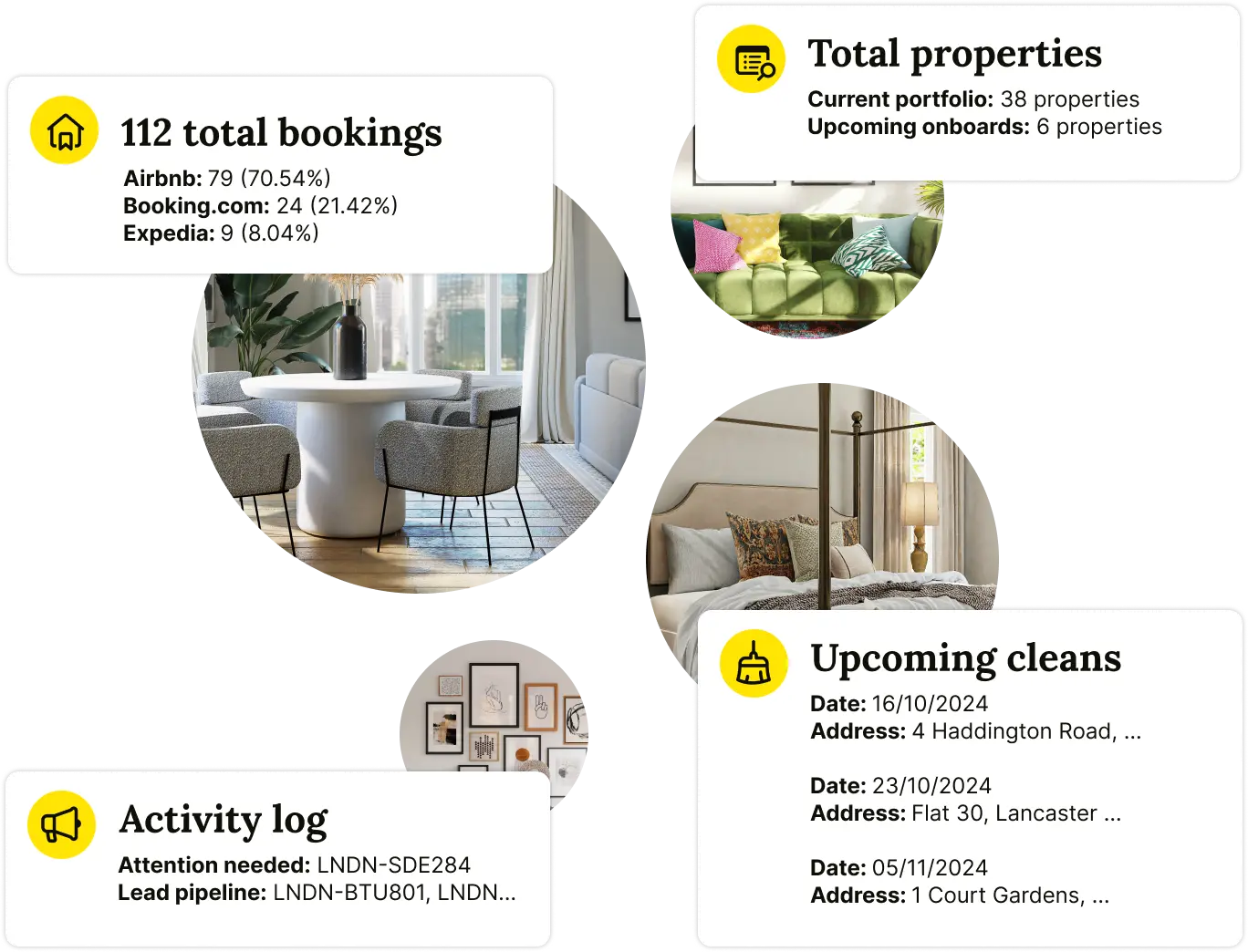
🧼 Airbnb Cleaning & Turnovers, Done Right

⭐ Rated 4.8/5 by 2,500+ Hosts
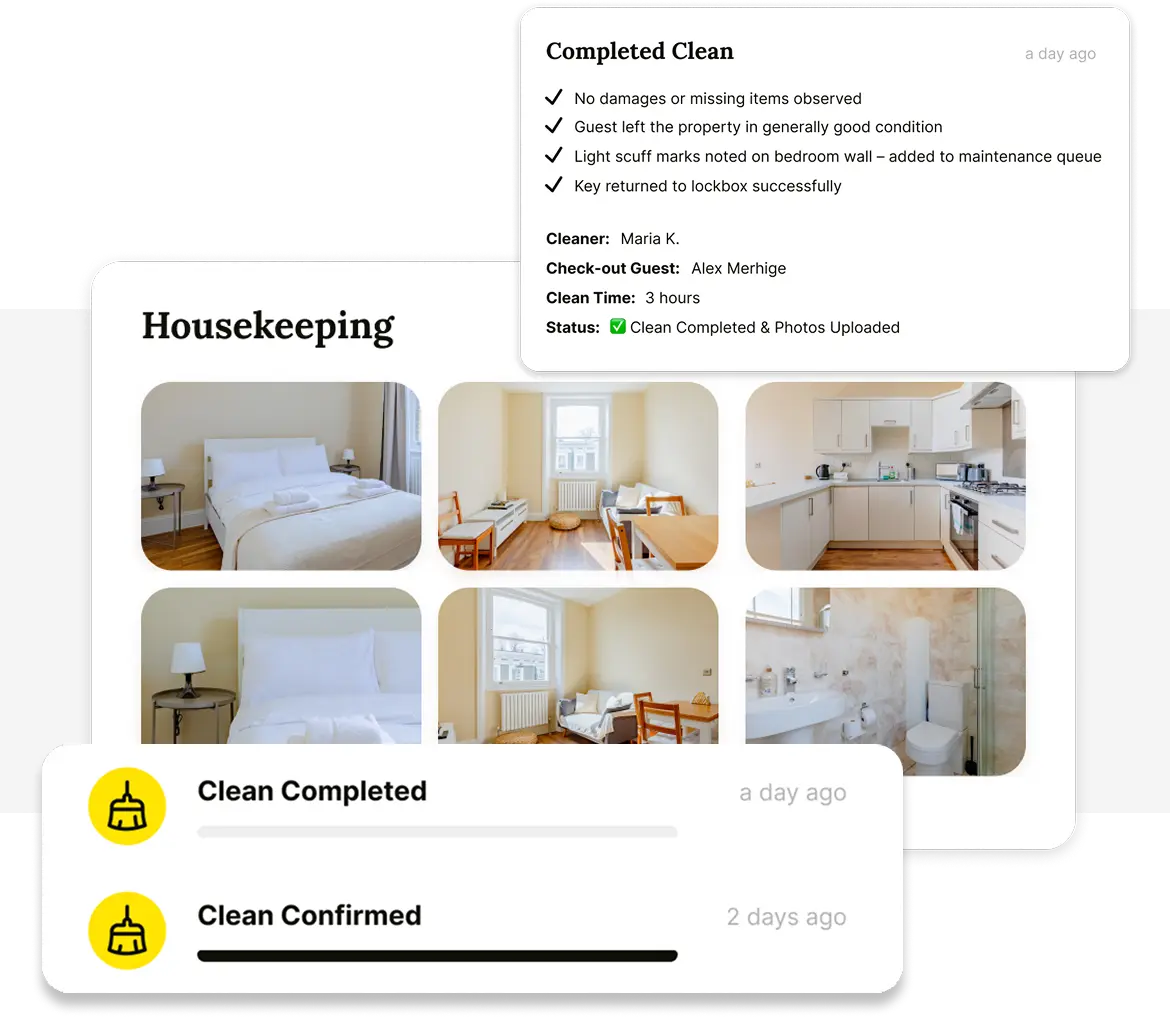
📊 Mastering Landlord Responsibilities in Queensland – Stay compliant with rental laws and ensure a hassle-free tenancy in QLD.
👉 Get the Guide: Landlord Responsibilities in Queensland Explained
Tenant Responsibility for Carpet Replacement
If a tenant damages the carpet beyond normal wear and tear during their stay, the landlord can charge them for its replacement. If a tenant damages items such as carpets, according to landlord rights QLD, the landlord can use the security deposit to cover repairing or replacing them. If the damages cost more than the deposit, the landlord can take legal action to recover the remaining expenses.
To protect themselves, tenants are advised to document any existing damages or stains in the property, ideally with photographs, at the beginning of their tenancy. This documentation can serve as evidence to show that they are not responsible for any pre-existing issues when they move out.
While tenants have a right to live and use their rental property, causing intentional damage or neglecting proper care that results in significant harm to the carpet, such as spills, burns, or other avoidable damages, will likely lead to charges for replacement or repairs. Regular wear and tear from normal use cannot be charged to the tenant.
Optimise Property Profits with Houst
If you're a property owner looking to maximise the revenue potential of your short term rental investment, Houst is your go-to solution. As a property management company, Houst specialises in short-term and long-term let management. With Houst at your side, you can leave the hassle of your holiday let management behind.
Short-term rentals can be lucrative, but they demand careful attention and prompt response to guests' needs. Houst excels in managing short-term lets, ensuring seamless guest experiences and positive reviews, leading to increased occupancy rates and higher rental yield.
With Houst managing your property, you can focus on other aspects of your life, knowing that your investment property is in capable hands. Experience the difference Houst can make in cleaning, maintaining and managing your rental property. Let Houst take your property to new heights and unlock its full potential in the rental market.
🚀 Build & Grow Your Airbnb Business with Houst
Turn your expertise into a profitable Airbnb business — without owning property.
Join Houst’s Airbnb Business Partnership Program to start, manage, and scale with ease. Get expert support, automation tools, and smart pricing strategies to maximize earnings and grow faster.

⭐ Rated 4.8/5 by 2,500+ Hosts
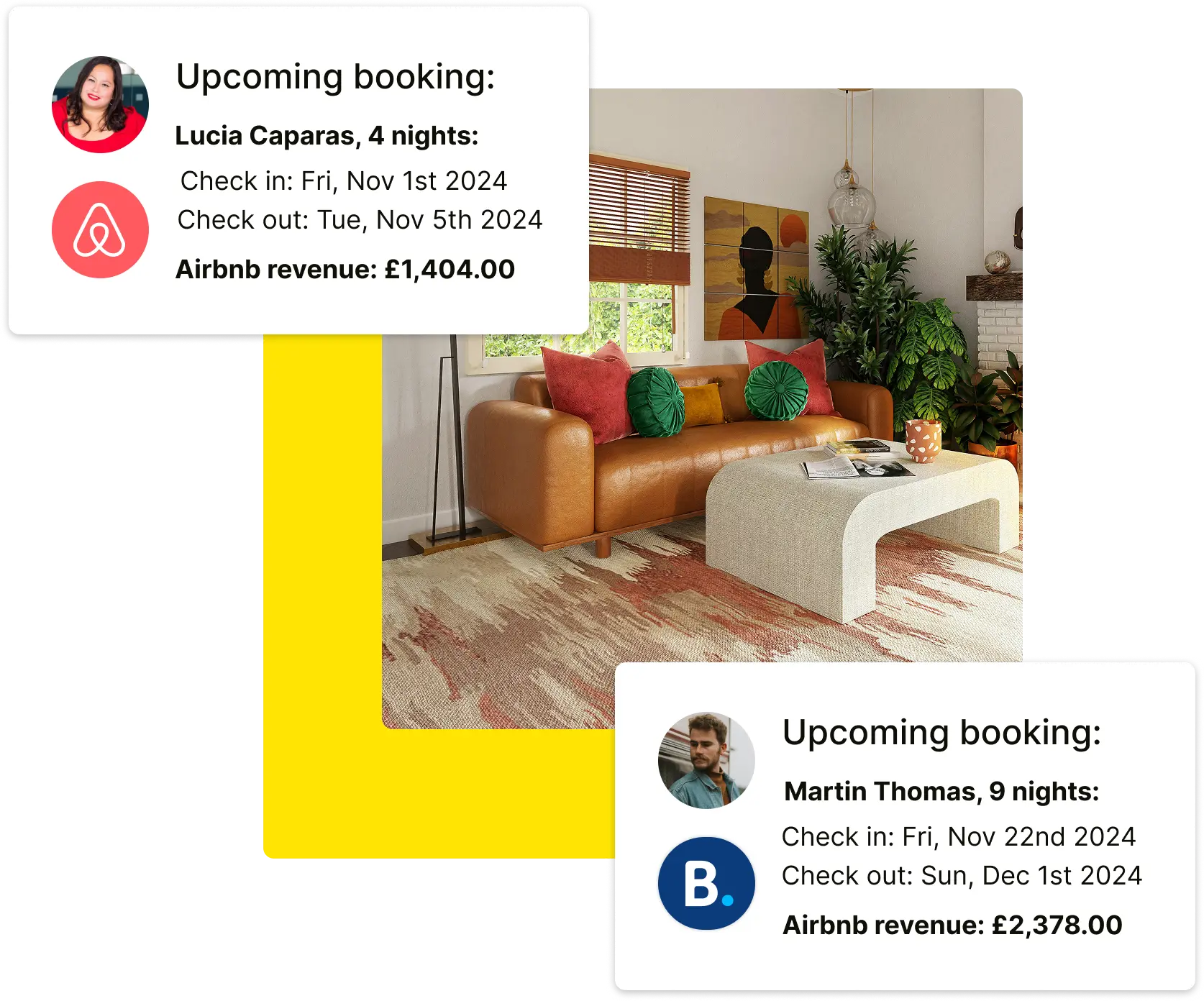

⭐ Rated 4.8/5 by 2,500+ Hosts
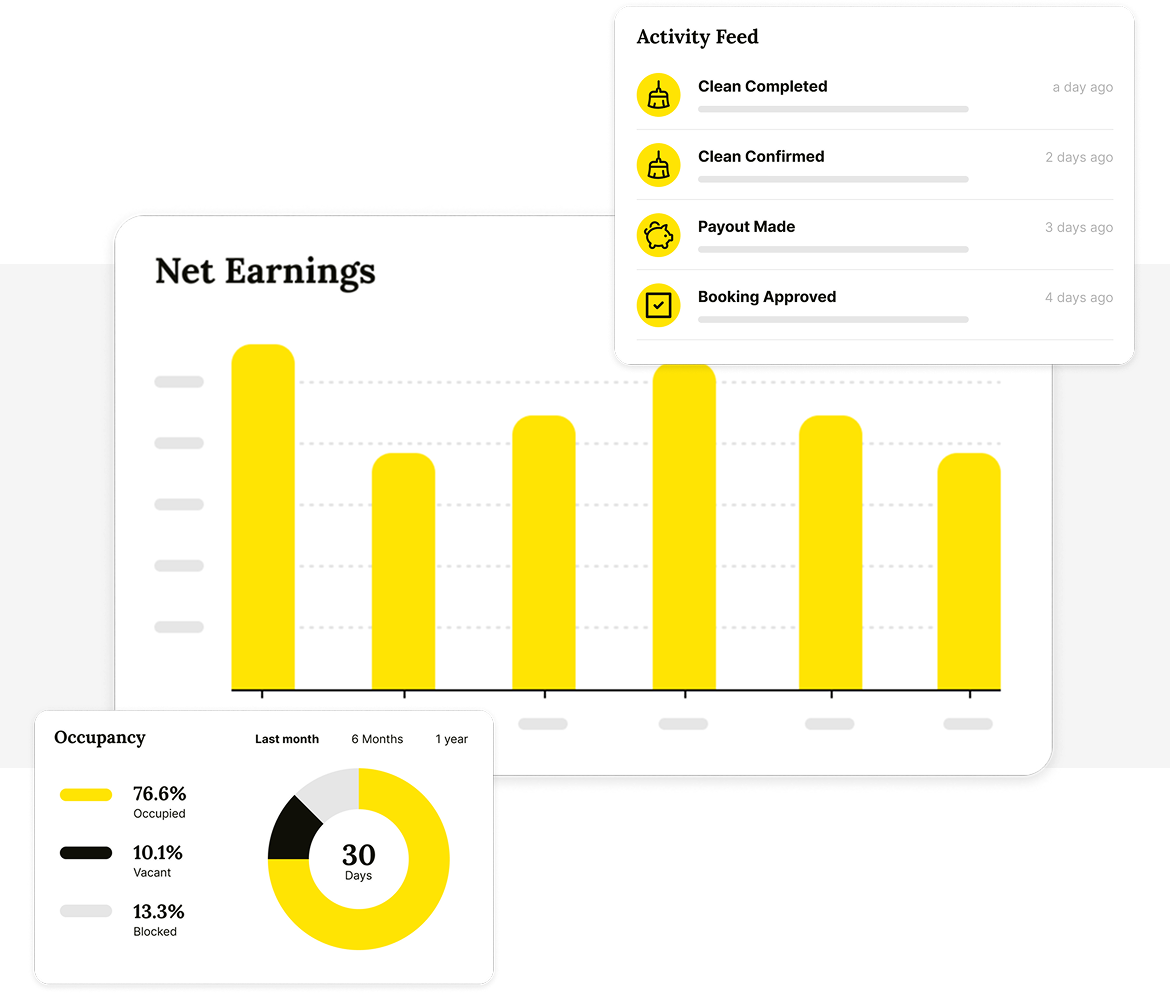
❄️ Landlord Obligations for Air Conditioning in QLD Properties – Understand whether landlords must provide or repair air conditioning in rental homes.
👉 Get the Guide: Air Conditioning Responsibilities for Landlords in Queensland
.webp)
🚀 Start & Scale Your Airbnb Business with Houst
Join Houst’s Airbnb Business Partnership Program to start, manage, and grow your short-term rental business. With expert marketing, automation tools, and dynamic pricing strategies, we help you maximise earnings and scale faster.

⭐ Rated 4.8/5 by 2,500+ Hosts
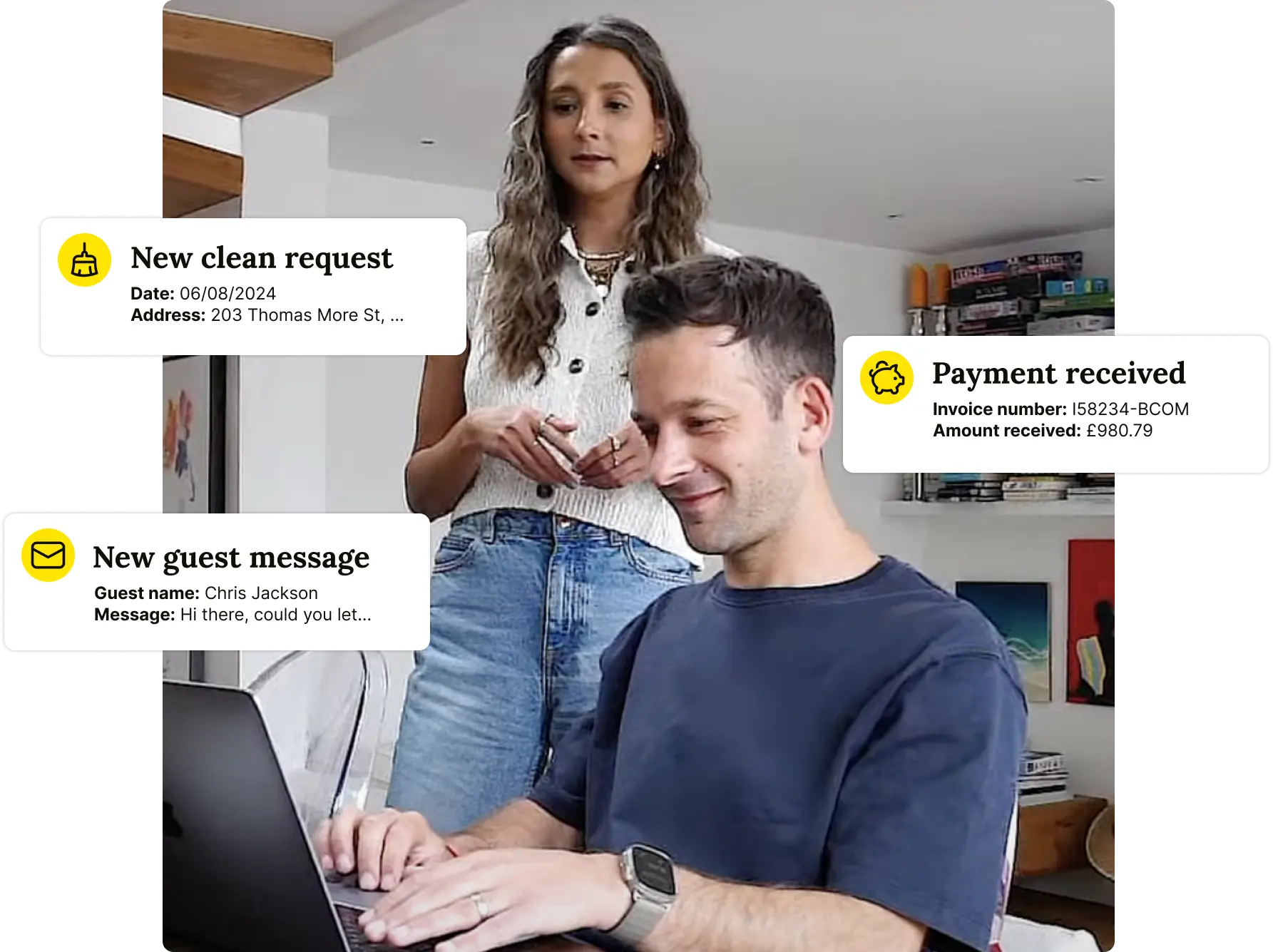
🏡 Landlord Rights in Queensland: What You Need to Know – A complete guide to landlord responsibilities, tenant rights, and legal obligations in QLD.
👉 Get the Guide: Understanding Landlord Rights in Queensland
🔗 Must-Read Guides for Queensland Landlords & Tenants
📢 Tenancy Agreement QLD Explained – Get a free tenancy agreement template and understand your legal obligations.
💡 Mastering Landlord Responsibilities in Queensland – A complete guide to property management rules and obligations for landlords.
🏡 NSW Rental Property Carpet Laws: What Landlords Must Know – Explore similar laws in New South Wales for comparison.
📊 Understanding Landlord Rights and Rental Regulations in Victoria – Learn how landlords can manage rental disputes, bonds, and damage claims.
🛏️ Landlord's Guide to Property Upgrades – Learn when to repaint, replace flooring, and upgrade key areas in your rental property.


.jpg)

